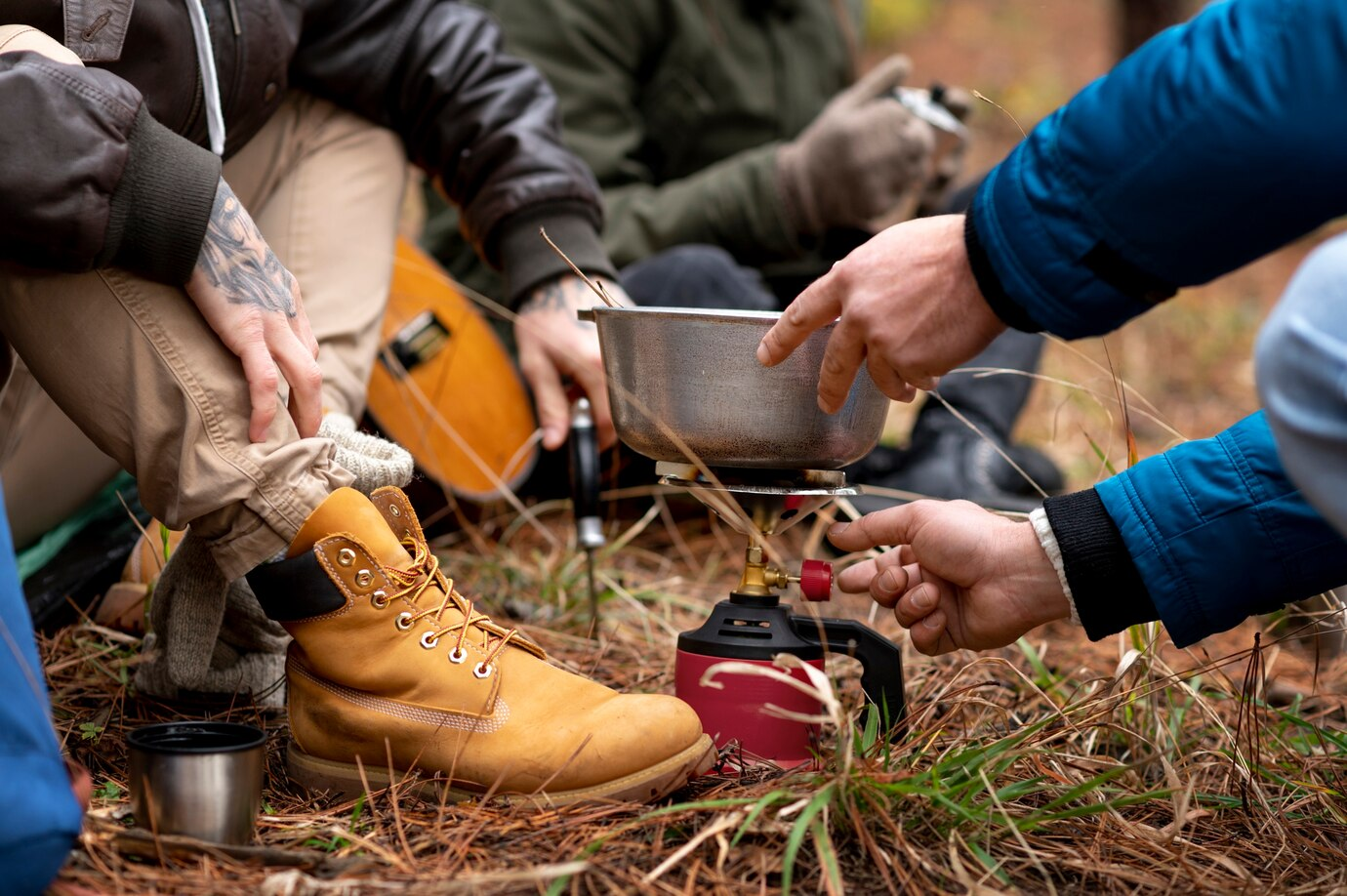Camping is often seen as a gateway to adventure and the natural world. It allows individuals to disconnect from the hustle and bustle of daily life and experience Mother Earth’s tranquillity, beauty, and rawness firsthand.
However, this immersion isn’t without its challenges. Nature, while beautiful, can also be unpredictable and demanding. Campers must be resourceful, inventive, and well-prepared to ensure a safe and enjoyable experience.
Thankfully, a little scientific knowledge can go a long way in the unpredictable wilderness! Science can make our outdoor experiences safer, more comfortable, and more sustainable. Read on to learn more.
Insulating Your Sleeping Area with Natural Materials
One of the challenges of camping is maintaining a comfortable sleeping temperature throughout the night. That’s why many companies like Wonderland RV ensure their camping products meet this comfort to give campers pure bliss.
However, what if there are no good heating and insulation technologies to rely on? Science tells us that air trapped between natural materials like leaves, grass, or pine can be an excellent alternative insulator. It prevents heat from passing through and, therefore, insulates your sleeping area.
When you create a layer of these materials under your tent or sleeping bag, you trap air as a barrier against the cold ground. This method utilizes the conductive properties of heat transfer, where the ground’s cold is less able to sap your body heat, ensuring a warmer night’s sleep. This is a practical application of basic thermodynamics (i.e., the study of the relations between temperature, heat, work, and energy), particularly thermal insulation and conductive heat loss.
Dew Collection for Water
Water scarcity can be a critical issue while camping, especially in remote areas. These areas often lack accessible sources of clean water. Even if streams, rivers, or lakes do exist, there’s no certainty that they’re safe to drink.
In such cases, the science of dew collection can be a viable method to supplement your water supply. It’s based on the scientific understanding of air temperature and dew point. As the temperature drops to the dew point, the air becomes saturated with moisture, leading to condensation (i.e., when water vapor becomes liquid).
As it condenses, it undergoes natural distillation, which results in naturally clean water. This process is much safer compared to surface sources like rivers, lakes, or ponds, which may be contaminated with pathogens, chemicals, or pollutants. Moreover, since it’s natural, it’s relatively simple and doesn’t require sophisticated equipment.
Note that dew forms when the air’s moisture condenses on cool surfaces overnight. Hence, spread out clean, absorbent materials like a cloth or a tarp on clean surfaces overnight. In the morning, simply wring the collected water into a container.
Using a Water Bottle as a Light Source
A simple water bottle can turn into a makeshift lantern, thanks to the principles of light refraction and diffusion. Refraction occurs when light moves from air (less dense) to water (denser) in a bottle. This slows and changes direction, which spreads the light.
Conversely, diffusion, in this context, refers to the scattering of light. The water in the bottle causes the light rays to scatter in many directions. This scattering effect is enhanced if the bottle’s surface is slightly irregular or the water contains tiny bubbles or particles. The result is a soft, diffused light rather than a focused beam.
To make this makeshift lantern, simply fill a transparent water bottle with clear water. Place it in front of a light source, such as a headlamp. The water in the bottle diffuses the light, spreading it more evenly around your campsite than the direct beam of a flashlight could.
Improving Campfire Efficiency with the Right Wood Arrangement
The arrangement of wood in your campfire can significantly impact its efficiency and longevity. Scientifically, the best method is to stack your wood in a pyramid or teepee shape. This structure allows air to circulate freely, facilitating the oxygen flow essential for combustion.
Moreover, it ensures that the fire burns more evenly and lasts longer. The science behind this involves understanding the combustion process, where oxygen reacts with wood to produce fire, heat, and light.
Natural Navigation Using the Stars or Sun
If you can’t use Google Maps or have no compass, no problem. Navigate using the stars or the sun. Although it’s an ancient practice, it has been backed by modern science since it’s truly rooted in astronomy and the Earth’s rotation.
For example, at night, locating the North Star (Polaris) in the Northern Hemisphere aligns you with the geographic or “true” North. During the day, using the sun’s position in conjunction with the time can help you find your bearings.
Final Thoughts
These five science-backed camping tricks offer practical, innovative solutions to common outdoor challenges. Remember them the next time you pack your bags for the great outdoors for a memorable and manageable adventure.

